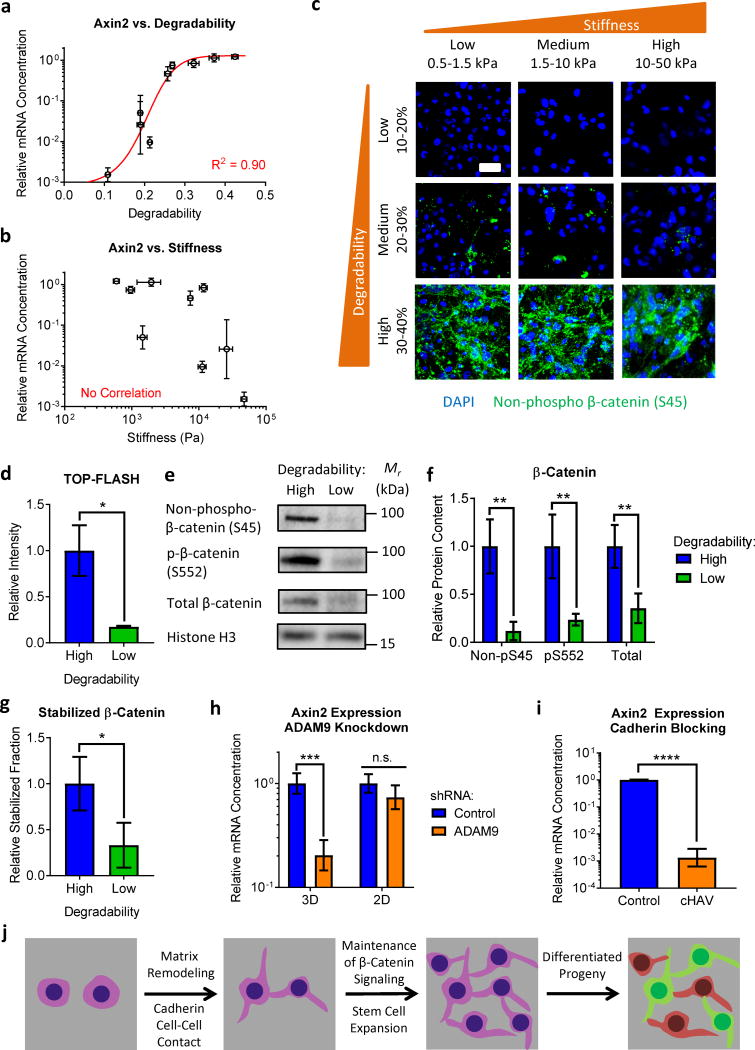Figure 5. Matrix remodeling modulates β-catenin signaling via cadherin contacts to promote NPC stemness.
(a) Expression of mRNA for the β-catenin responsive gene Axin2 increases with increasing hydrogel degradability, while (b) Axin2 expression is not correlated with initial hydrogel stiffness. (c) Immunocytochemistry confirms that β-catenin activity predominantly varies with hydrogel degradability, but not initial hydrogel stiffness. Blue: DAPI (nuclei), Green: non-phospho β-catenin (S45). Scale bar: 25 μm. (d) NPCs encapsulated in high degradability gels exhibit increased β-catenin-driven transcriptional activity compared to cells in low degradability gels, as measured by the TOP-FLASH reporter assay. (e,f) NPCs in high degradability gels have increased levels of stabilized (non-phospho S45), activated (phospho-S552), and total β-catenin than NPCs in low degradability gels, quantified from Western blot analysis. (g) The fraction of β-catenin in the stabilized (non-phospho S45) state is increased in high degradability gels. (h) Blocking hydrogel degradation by ADAM9 knockdown results in decreased Axin2 expression in 3D gels, but not in 2D control cultures. (i) Inhibiting cadherin-mediated cell-cell contact in high degradability gels with the cHAV peptide results in decreased Axin2 expression. (j) Schematic depicting matrix remodeling regulating β-catenin signaling and stemness maintenance by modulating cadherin-mediated cell-cell contact. In a, b, g, and h, gene expression data are presented as geometric mean with 95% confidence intervals. n = 3 for cHAV and 4 for all other conditions. In d, data are mean ± s.e.m. n = 5. In f and g, data are presented as mean ± s.d. n = 4. In d and f-i, n.s. = not significant, *p<0.05, **p<0.01, ***p<0.001, ****p<0.0001, two-tailed Student’s t-test.

